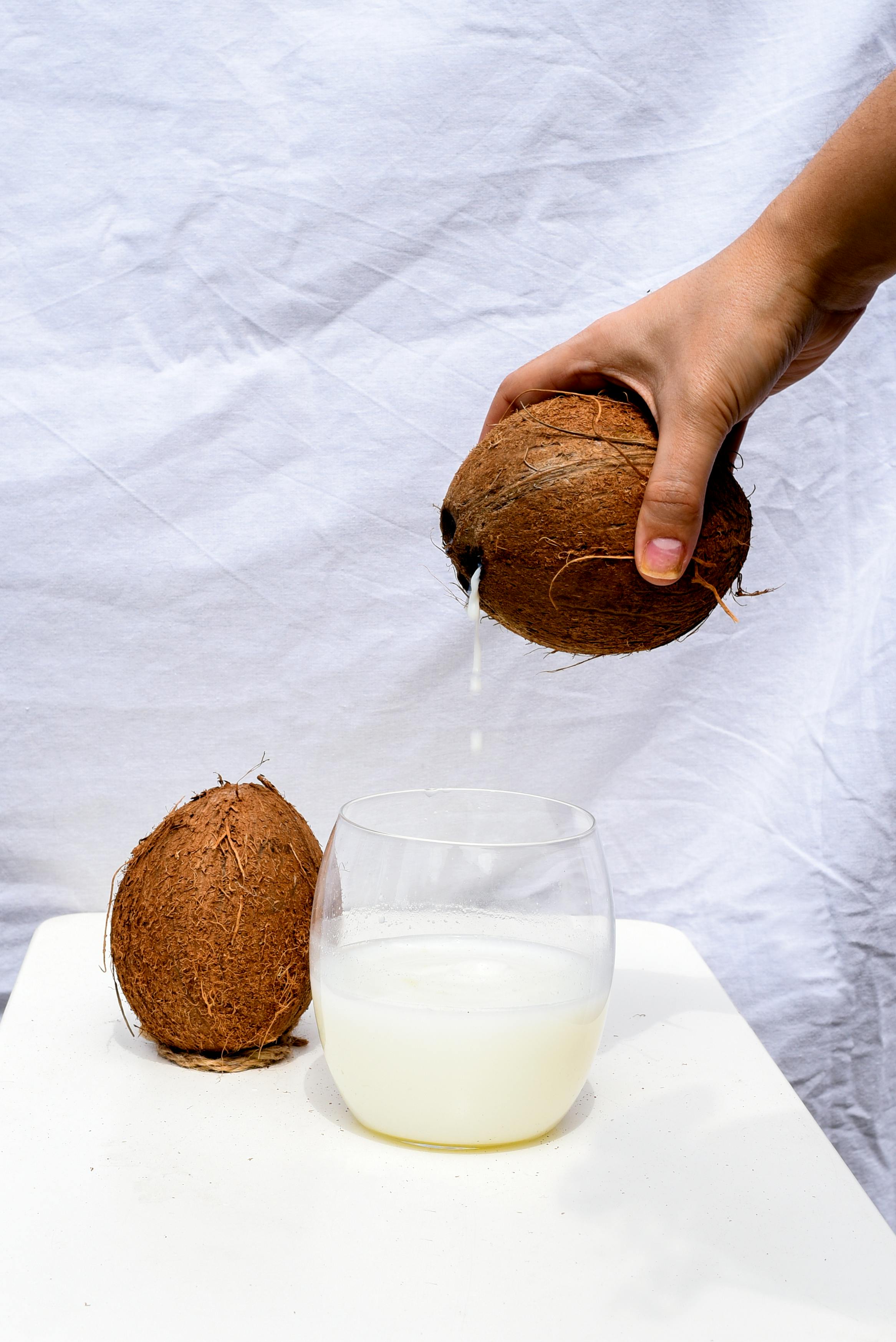
Best 7 Options for Protein Content in Ham
When considering protein sources for a balanced diet, ham often features prominently due to its accessible nutrition and remarkable benefits. Particularly relevant for fitness enthusiasts and families alike, understanding the protein in ham can enhance meal planning and health. This article will explore the protein content in various types of ham, delve into its health benefits, and provide practical choices for incorporating this delicious meat into your dietary regimen.
On average, the protein content in ham is quite significant, making it an appealing option for those looking to meet their protein needs through food. In this guide, we will examine seven popular types of ham, highlight their specific protein amounts, and clarify their nutritional value. We also consider ham's role within various diets, focusing on its benefits and how to include it effectively in meals.
Understanding Ham Protein Content
Nutritional Breakdown of Ham
The nutritional value of ham varies depending on the type. Generally, cooked ham protein can range from 11 to 20 grams per serving, which equates to about 20-30% of your daily protein needs. For instance, a standard two-ounce serving of deli ham typically contains around 12 grams of protein. Understanding the protein amount in ham can assist you in making informed choices, especially if you are monitoring your dietary protein intake.
Protein Comparison: Ham Versus Other Meats
When comparing protein-rich ham products to alternatives, ham holds its ground well. While chicken and fish are often lauded for their protein content, ham deserves attention. For instance, a slice of turkey offers about 8 grams of protein per ounce, while lean beef provides approximately 22 grams. This protein comparison highlights ham's role as a viable option within a protein-rich diet.
Types of Ham and Their Health Benefits
Ham comes in various types, including prosciutto, smoked ham, and deli ham. Each type offers unique flavors and textures, but most importantly, their protein benefits can vary. For instance, low-fat ham protein choices can dramatically reduce calorie count while still providing quality protein. Incorporating a variety of ham types in meals promotes dietary diversity and contributes substantial health benefits such as improved muscle recovery and energy levels.
Packed Nutrients: More Than Just Protein
Besides providing protein, ham supplies essential nutrients like iron and B vitamins, which are vital for energy production and overall health. Incorporating ham into balanced meals can optimize nutrient absorption. By understanding the various dimensions of ham's nutrition, individuals can tailor their meals for maximized health outcomes, particularly when it comes to muscle-building goals.
Cooking Techniques for Enhanced Protein Intake
The way ham is prepared can impact its protein content. For optimal nutrition, cook ham through baking or grilling instead of frying, which may introduce additional fats. Choices like low-calorie ham options or cooking techniques that maintain moisture can enhance both flavor and protein retention, making it easier to reach your protein intake goals without the added calories.
Daily Protein Recommendations and Serving Sizes
Measuring Your Ham Portions
Determining the ham serving size is crucial for meeting protein requirements. The average adult should aim for 46-56 grams of protein daily, depending on gender and activity level. A two-ounce serving of cooked ham can deliver a significant portion of this, making it practical for daily meals. Monitoring portion sizes helps balance protein with other nutrients effectively, particularly for weight management and overall health.
How Much Protein in Ham: A Closer Look
The ham protein content per ounce varies by type. For instance, compared to cooked ham, prosciutto often has a slightly higher protein percentage, often exceeding 30 grams per 100 grams serving. Potential choices like these can be integrated into diet planning with protein-rich recipes. This method can streamline meal prep while ensuring essential protein intake is consistently achieved.
Incorporating Ham Into Your Diet
Finding ways to incorporate ham into daily meals can enhance dietary protein levels and introduce delightful flavors. Healthy ham options include adding sliced ham to salads or using ham in casseroles, while being mindful of portion control. Strategies like these also encourage balancing protein with other macronutrients, allowing for more versatility in meal creation.
Fact-Checking Your Ham Choices
Understanding ham labels can significantly impact dietary decisions. When selecting hams, be sure to compare nutritional value on the packaging, particularly focusing on protein per serving and any additives. Knowledge of how to choose ham effectively helps consumers make informed decisions that align with their dietary goals, ensuring that the benefits of eating ham are fully realized.
Q&A Section on Ham Protein
What is the protein amount in deli ham?
Deli ham typically contains around 12 grams of protein per 2-ounce serving. This makes it a convenient option for quick meals, contributing significantly to daily protein needs.
Can ham support muscle building?
Yes, the protein in ham makes it a suitable food for muscle building. With its high protein level and essential amino acids, it can aid in muscle recovery and growth when incorporated into a workout routine.
Are there low-fat ham protein options available?
Absolutely! Lean ham varieties are marketed explicitly for their lower fat and calorie content while maintaining substantial protein levels. Such options guarantee a good protein intake without excess fat.
How do processed hams compare in protein content?
Processed hams can sometimes have added sugars or fillers, affecting their overall nutritional value. However, many still provide a decent amount of protein; it's essential to check labels for specifics on protein and caloric content.
What are some healthy ham recipes to try?
Incorporating ham into dishes can enhance flavor while providing protein. Recipes like ham and vegetable stir-fry or ham salad with greens are excellent choices for a nutrient-rich meal. It’s beneficial to pair ham with other foods that complement its nutritional profile, enhancing both taste and health benefits.

